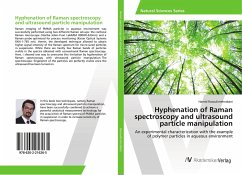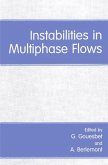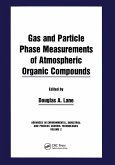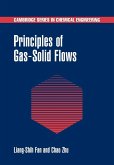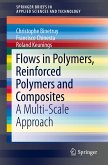The complex phenomenology associated with the interaction of a particle-laden turbulent flow with the slag-covered walls of an entrained-flow gasifier can have a considerable impact on the global performance. In fact, new generation gasifiers are designed to promote ash migration and deposition onto the reactor walls and combustion efficiency is influenced by the spatial distribution of the particle phase. To overcome the high computational demand of a comprehensive numerical simulation of the whole range of spatial and temporal scales of turbulence involved in a full scale gasifier, the approach proposed in this study is based on the development of a multilevel scheme. Results of CFD-DEM simulations obtained from a gasifier scale level and from detailed models of particular near wall zones are analyzed to investigate effects of turbophoresis and swirl on the spatial and temporal particle distribution respect to some properties, such as particle size and wall stickiness. This study aims to investigate the char-slag interaction mechanisms near the gasifier walls and should highlight several concerns regarding the possible regimes that can be established.


